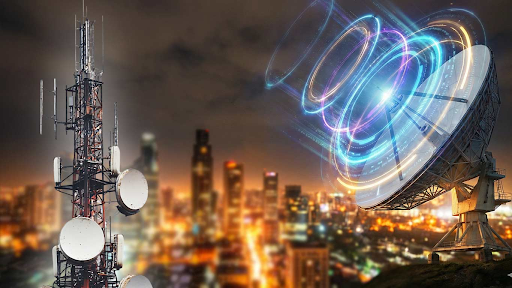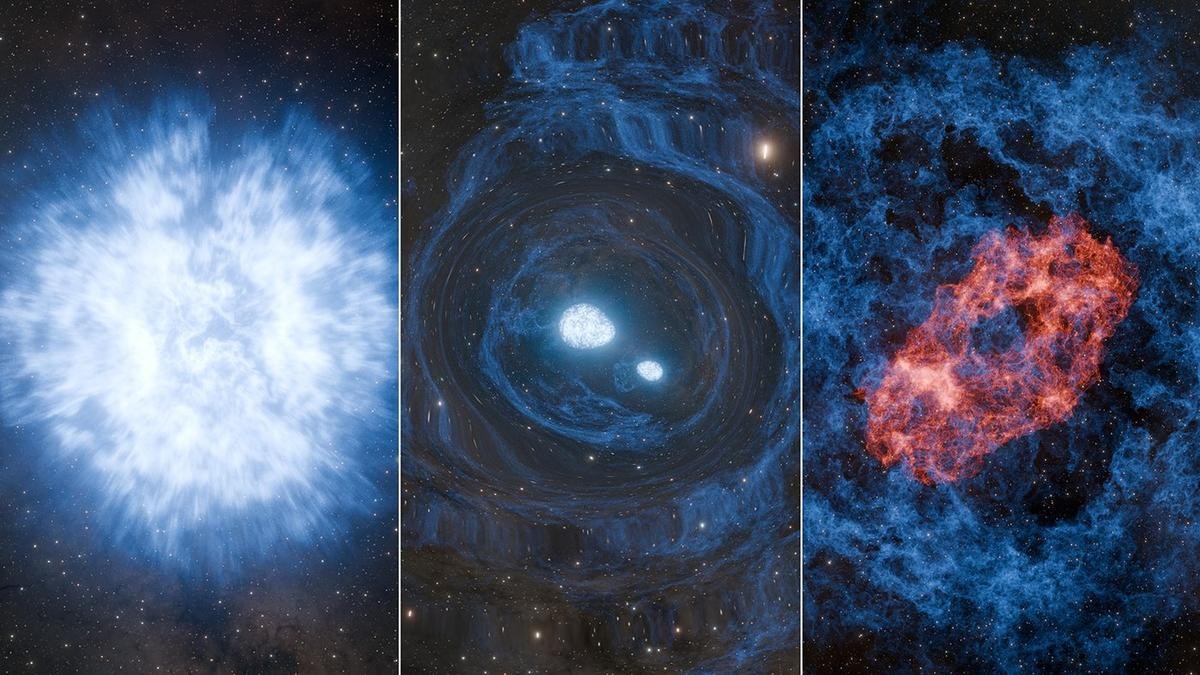




Copyright infringement not intended
Picture Courtesy: PHYS
Breakthrough quantum technology enhances dark matter axion search in HAYSTAC Phase II experiment.
Axions are tiny, hypothetical particles that scientists proposed in the late 1970s to solve a puzzle in particle physics called the strong CP problem in quantum chromodynamics (QCD).
QCD is the theory explaining how quarks and gluons (building blocks of protons and neutrons) interact via the strong nuclear force.
Axions could be a key component of dark matter, an invisible substance that makes up about 27% of the universe’s mass-energy (with 68% being dark energy and 5% ordinary matter). It doesn’t emit or absorb light, but its gravitational effects shape galaxies and the universe’s structure.
The HAYSTAC experiment (Haloscope At Yale Sensitive To Axion Cold dark matter) led by researchers from Yale University, University of California, Berkeley, and Johns Hopkins University.
Its goal is to detect axions directly, proving they exist and confirming their role in dark matter.
HAYSTAC uses a device called a haloscope, invented by Pierre Sikivie, to search for axions.
In May 2025, the HAYSTAC team published results from its Phase II experiment in Physical Review Letters, a physics journal. Although they didn’t detect axions.
Must Read Articles:
MINIMUM POSSIBLE MASS OF DARK MATTER PARTICLES
Source:
|
PRACTICE QUESTION Q. Which of the following statements about dark matter are correct?
Select the correct answer using the codes given below: A) 1 and 2 only B) 1, 2, and 4 only C) 2, 3, and 4 only D) 1, 2, 3, and 4 Answer: B Explanation: Statement 1 is correct: Dark matter does not emit, absorb, or reflect electromagnetic radiation. Statement 2 is correct: Dark matter is known to exist due to its gravitational influence on galaxies, galaxy clusters, and cosmic microwave background patterns. Statement 3 is incorrect: Dark matter is known for its weak or negligible interaction with ordinary matter except through gravity, and not through the electromagnetic force. Statement 4 is correct: Dark matter makes up about 85% of the total matter in the universe, with the remaining 15% being ordinary (visible) matter. When considering the total mass-energy content of the universe, dark matter accounts for about 27%, while dark energy makes up the majority (around 68%), and ordinary matter only about 5%. |









© 2026 iasgyan. All right reserved